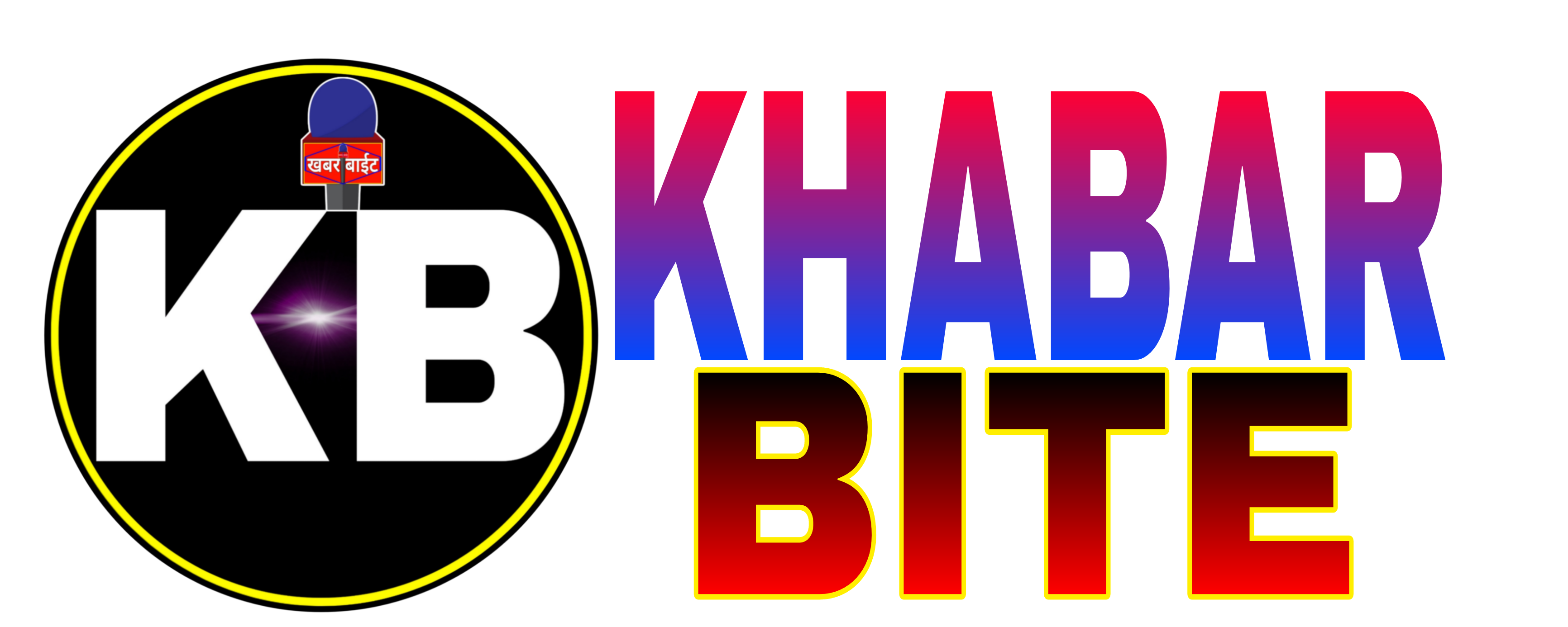WellHealth Guide: Top Strategies to Build Muscle Fast
Frame line 1 Introduction– Brief observation of muscle construction.- Importance of muscle building quickly for health and fitness goals.- What can the reader expect to learn from this guide. Section 1: Nutrition and Diet- Importance of protein intake.- Recommended protein sources (eg, lean meat, eggs, plant-based options).- Role of carbohydrates and fat in muscle development.-…

Frame line 1
Introduction– Brief observation of muscle construction.- Importance of muscle building quickly for health and fitness goals.- What can the reader expect to learn from this guide.
Section 1: Nutrition and Diet- Importance of protein intake.- Recommended protein sources (eg, lean meat, eggs, plant-based options).- Role of carbohydrates and fat in muscle development.- Importance of staying hydrated.- Plan and time of suggested food.
Section 2: Effective Workout Routine- Importance of compound exercises (eg, squats, deadlifts, bench presses).- Role of isolation practice in muscle building.- Sugged workouts splights (eg, push/bridge/legs).- Importance of progressive overload.- Sample workout routine.
Section 3: Relaxation and Recovery- Importance of sleep for recovery of muscles.- Role of rest days in preventing overtrening.- Technology for active recovery (eg, stretching, foam rolling).- The effect of stress on muscle development and ways to manage it.
Section 4: Supplements- Overview of beneficial supplement (eg, protein powder, creatin, BCAS).- How to choose the right supplement for muscle development.- Importance of consulting a healthcare professional before starting supplements.
Section 5: Tracking progress- Importance of setting average target.- Technology for tracking workout progress (eg, workout log, apps).- Adjusting diet and workouts based on progress.- Celebrating milestones and to be motivated.conclusion- Repetition of major strategies to make muscles quickly.- Encouragement to be consistent and patient.- Invitation to readers to share your progress and tips in the comments.
Frameline 2
Introduction– Explaining the basics of building muscle.- Why building muscle fast is a common goal.- What the WellHealth Guide offers.
Section 1: Understanding Muscle Growth- Muscle hypertrophy explained.- The science behind muscle growth.- Factors affecting muscle building (genetics, age, etc.).
Section 2: Creating an effective workout plan- The importance of a balanced workout plan.- Key exercises for building muscle.- How to create a weekly workout program.- Tips for beginners and advanced athletes.
Section 3: Optimizing Your Diet for Muscle Growth- Macronutrient breakdown for muscle building.- The importance of meal timing and frequency.- Examples of muscle-building foods.- Sample meal plans for different dietary preferences.
Section 4: Increasing Muscle Building and Preventing Injury- The role of sleep in muscle building. – The importance of warm-ups and cool-downs. – Common consumables and how to increase them. – Systematic equipment and techniques.
Section 5: Supplements for Muscle Building- An overview of supplements for building muscle. – How and when to use supplements. – Benefits and potential benefits. – Personalizing your supplement regimen.
Section 6: Staying Persistent and Motivated- Setting realistic and achievable goals.- Tracking your progress.- Dealing with plateaus and setbacks.- Tips for staying motivated long term.Conclusion- Summary of the main points covered.- Encouragement to implement these strategies.- Call to action for readers to share their experiences.
Frameline 3
Introduction:- The importance of building muscle for overall health and fitness.- What the article will cover.
Section 1: Muscle Building Basics- An explanation of how muscle grows.- The importance of strength training and resistance.
Section 2: Diet and Nutrition- The nutrients needed for muscle growth.- The importance of protein and how much you need.- Meal timing and frequency.- Example meal plans.
Section 3: Effective Workout Strategies- The importance of lifting heavy weights and increasing resistance.- The benefits of compound vs. isolated exercises.- Example workout routines for different fitness levels.
Section 4: The Role of Recovery- The importance of rest days and sleep.- Active recovery techniques.- Signs of overtraining and how to avoid it.
Section 5: Supplementation- An overview of common supplements for muscle growth.- How to use supplements effectively.- Potential risks and how to minimize them.
Section 6: Tracking and Adjusting Your Plan- How to track your progress.- Adjusting your diet and workout plan based on results. – The importance of patience and consistency.
How to Build Muscle: WellHealth Comprehensive Workout Plan

Outline 1: Muscle Building Basics
1. Introduction- The importance of building muscle- The benefits of strength training.
2. Understanding muscle growth- How muscles grow (hypertrophy)- The role of protein synthesis and recovery.
3. Setting goals- The importance of specific, measurable, achievable, relevant, and time-bound (SMART) goals- Short-term versus long-term goals.
4. Creating a workout plan- Frequency of workouts (e.g., 3-5 times a week)- Split of muscle groups (e.g., push-pull-leg, upper-lower split)
5. Exercises to build muscle- Compound exercises (e.g., squat, deadlift, bench press)- Isolation exercises (e.g., bicep curl, tricep extension)- Sample workout routine.
6. Nutrition for muscle growth- The importance of protein, carbohydrates, and fats- Pre- and post-workout nutrition- Hydration.
7. Rest and recovery- The importance of rest days- Techniques for recovery (e.g., stretching, foam rolling, sleep).
8. Tracking progress- Keeping a workout diary- Adjusting the plan based on progress.
9. Common mistakes to avoid- Overtraining- Neglecting form- Skipping warm-ups and cool-downs.
10. Conclusion- Recap of key points- Encouragement to stay persistent and patient.
Framework 2: Advanced strategies for muscle manufacture
1. Introduction – Brief observation of basics – Introduction to advanced muscle-building strategies.
2. Progressive overload – Explanation of progressive overload – Technology to apply (eg, weight gain, representative, set).
3. period – Importance of different training cycles – Types of time -time (eg, linear, unwanted, block).
4. Workout Intensity Technology – Drop set, superset, pyramid set – Inclusion of high-intensity interval training (HIIT).
5. Nutrition adaptation – Macros and micro for advanced weightlines – Importance of nutrient time.
6. Complementary for muscle manufacture – Common supplements (eg, protein powder, creatin, BCAS) – Benefits and Thoughts.
7. Recovery Technology – Advanced recovery methods (eg, cryotherapy, massage) – Importance of mental recovery.
8. Tracking and adjustment – Advanced tracking technology (eg, anatomy analysis) – Adjustment based on data.
9. Mentality and inspiration – To be motivated through plateau – Mental strategies for success10. Conclusion – Summary of advanced strategies – Incentive to integrate these techniques gradually.
Outline 3: A Holistic Approach to Building Muscle
1 Introduction- Overview of Holistic Muscle Building– Benefits of a Balanced Approach.
2. Physical Training- Key Principles of Strength Training– Sample Workout Routines.
3. Nutrition- The Importance of a Balanced Diet– Meal Plans and Healthy Recipes
4. Mental Health and Building Muscle- The Role of Mental Health in Fitness- Techniques for Stress Management and Mental Focus.
5. Lifestyle Factors– The Importance of Sleep and Rest- Balancing Work, Life, and Fitness.
6. Supplements and Natural Aids- Pros and Cons of Supplements- Natural Alternatives and Aids.
7. Recovery and Injury Prevention– Best Practices for Recovery- Strategies to Prevent Injuries.
8. Community and Support- Benefits of a Support System- Finding a Workout Partner or Group.
9. Sustainable Practices– Long-Term Sustainability in Building Muscle- Avoiding Burnout.
10. Conclusion– Recap of the Holistic Approach- Encouragement to Maintain a Balanced Lifestyle
